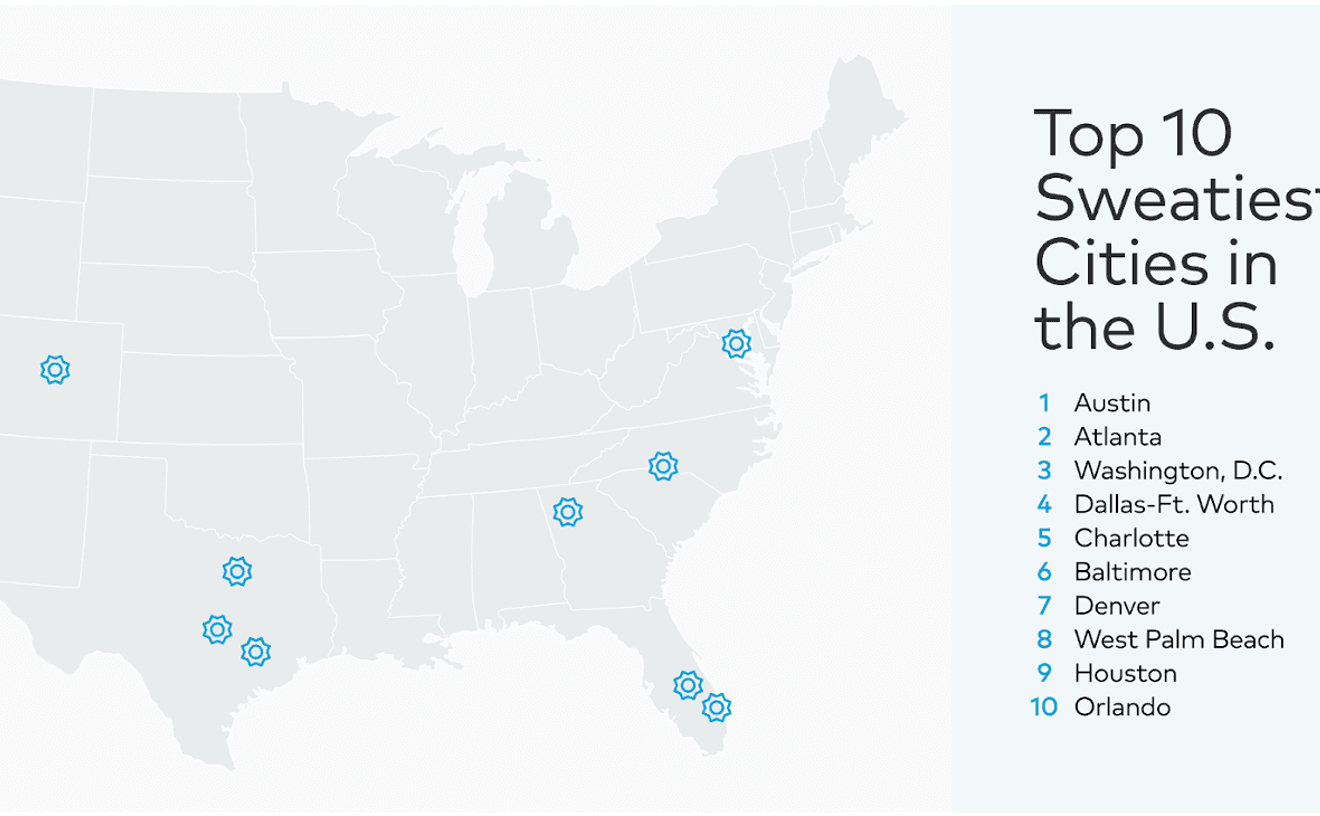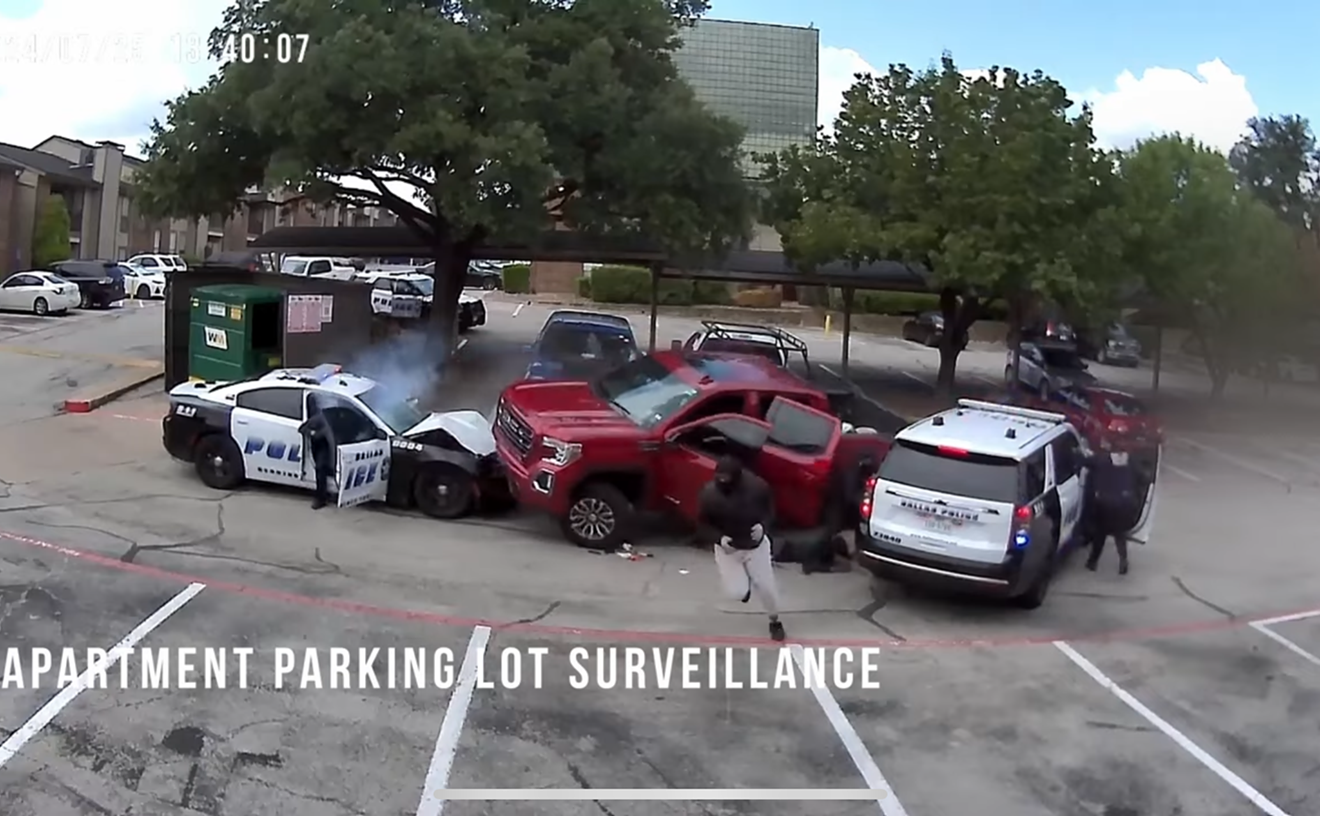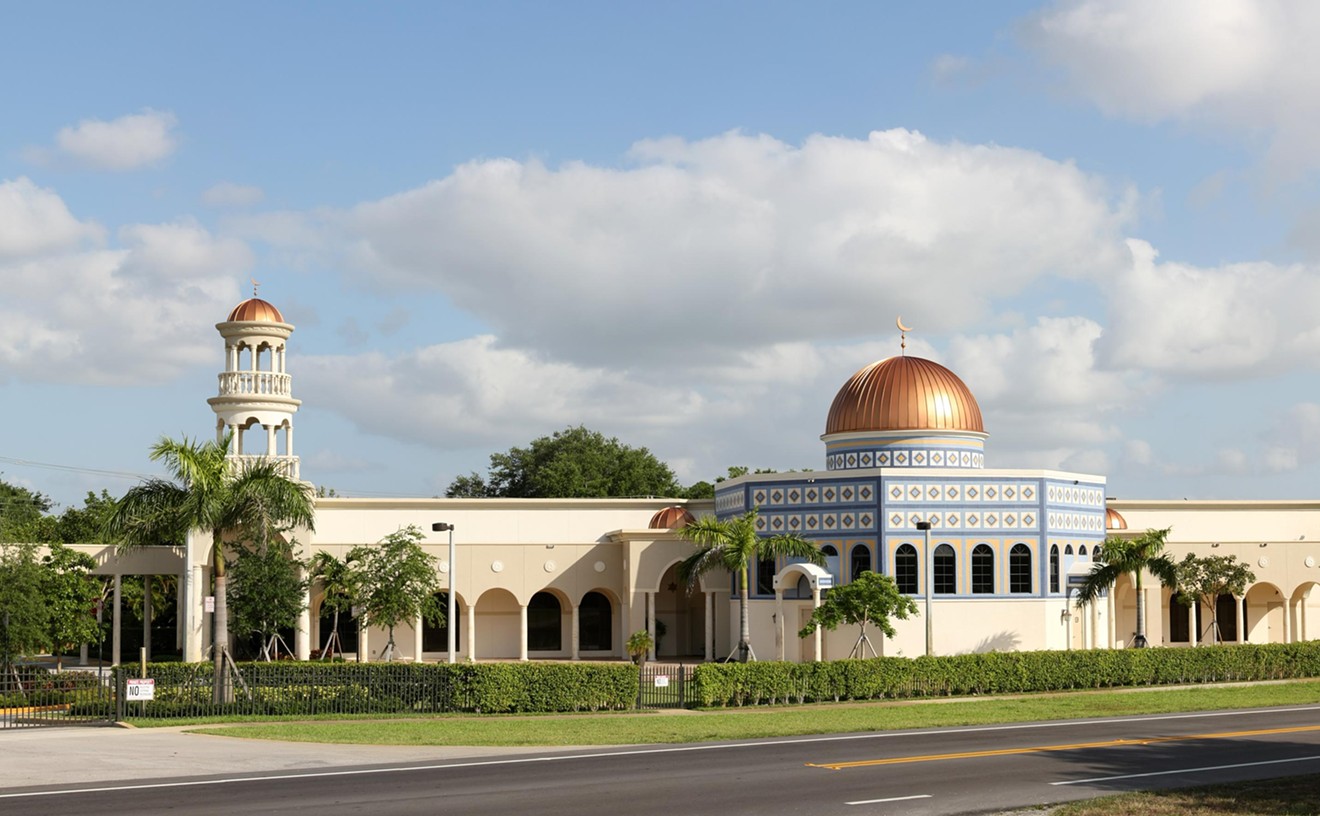On top of that, one in 47 school-age children attended a school where at least one firearm was seized and reported on by the media in that same school year. Here in North Texas, Arlington ISD found only one gun on its campuses in the 2018–19 year, but during the 2022–23 fall and spring semesters, 19 guns were found in the district, according to the Post report.
Such a drastic increase is why some school districts, including those in Forney, Mansfield and McKinney, are turning to new tech to ensure weapons aren't turning up on campus. The problem is, it doesn't always work and could lead some to let their guard down.
In the coming weeks, McKinney ISD students at five campuses will find themselves walking through weapons detection systems when they enter school. The district’s board of trustees paid $1.27 million to purchase the system from a company called Evolv, which doesn’t have the best track record.
The company’s tech is used in museums, theme parks, stadiums and schools. It resembles the metal detectors you might see when walking into a court building or police station, for example. But they're different. Instead of just sounding an alarm any time metal is detected, Evolv uses artificial intelligence to specifically look for weapons like guns and knives. This way individuals don't have to empty their pockets or remove personal belongings. People pass through sensors and are flagged if the sensors detect weapons or weapon-like materials. A flagged person is directed to a staff member who will check their belongings. Once cleared, they’re free to proceed.“So, that kind of creates the safety concern that these alarms do not generate appropriate amounts of attention from an operator due to the number of false alarms." – Nikita Ermolaev, IPVM
tweet this
McKinney ISD didn’t respond to requests for comment. But according to Community Impact, Russel May, senior director of safety and security for the district, said, “The purchase is not in response to a specific threat or weapon problem within our schools but rather a proactive measure to keep McKinney on the forefront of safety and security initiatives.”
Checks through Evolv are supposed to be quick, easy and accurate. The company claims it has the ability to scan a thousand students in 15 minutes. But at times it can be slow and difficult to manage, and can produce false alarms. The problems with Evolv are detailed in a 2023 article by the online news site The Intercept.
In Maryland’s Dorchester County Public Schools, there were 250 false alarms for every weapon accurately detected from September 2021 to June 2022, according to The Intercept report. In the Hemet Unified School District in California, there were more false alarms, slowing foot traffic on campuses. Evolv’s solution? Let the students proceed.
It also came out in 2022 that the company had doctored results of their software testing. Its systems were failing to detect knives and handguns, and it misrepresented these failures in public reports. Law firms also announced investigations into the company to search for possible violations of securities laws, according to The Intercept. This included misrepresentations of the technology and its capabilities.
The company said in an emailed statement to the Observer that it is proud to partner with hundreds of customers worldwide, including over 800 school buildings across the country. These customers are tagging more than 1,000 weapons a day, according to Evolv.
"While nothing can create a completely sterile environment, technology paired with trained people and processes are the keystones of a layered approach to security," the company said. "Evolv stands behind our technology, which has been rigorously tested by many customers to ensure reliability and effectiveness and is proud to partner with hundreds of schools as one part of a safety plan."
A spokesperson for Dallas ISD told the Observer that while this technology isn't being used in its schools now, it is exploring options. Safety protocols and processes are evaluated on a regular basis to ensure school safety. Time and resources are dedicated to training all staff on backpack searches, wands and metal detectors. These metal detectors are installed at all DISD secondary campuses. Some elementary schools use hand-held wands, backpack searches are conducted daily, and district police are at all secondary campuses and patrolling elementary schools.
Weapons detection technology may enhance school safety in some respects but there are trade-offs, Nikita Ermolaev, a researcher with the security industry trade publication IPVM, told the Observer.
It’s not easy to say how beneficial these methods are, Ermolaev said. “Weapon detectors can offer a more seamless experience in terms of not having people divest their personal objects,” he said. This can make for a more user-friendly experience. But the tradeoff is in the false alarms. Most of these come with sensitivity settings. Say you increase the sensitivity because you want to try to catch every weapon that enters a facility. Well, that likely means you'll have more false alarms. Decrease the sensitivity too much, and weapons might break through the barrier."
This sort of weapons detection can be particularly problematic in schools because students often carry large metallic objects such as laptops, three-ring binders, eyeglass cases and umbrellas, which can produce a lot of false alarms. Why not increase the sensitivity to catch what you can and deal with the false alarms as they come? Too many false readings can lead to what’s called alarm fatigue and operators let their guard down.
“So, that kind of creates the safety concern that these alarms do not generate appropriate amounts of attention from an operator due to the number of false alarms,” Ermolaev said.
Companies like Evolv haven’t been all that honest about these trade-offs in the past, but that is starting to change, he added. “We’ve seen an increase in pressure on the businesses or companies to kind of pull back some of their marketing because their marketing has been misleading for some time now,” Ermolaev said.
Some schools with these systems have advised students against bringing items to campus that might produce a false alarm. “So, there will be secondary effects to the installation of Evolv and other weapons detection systems, something that will potentially inconvenience students, your families, [and] create more expenses for school districts,” he said. “So, there are a lot of considerations and thoughts to be had before actually implementing them, and the big question is how secure the environment will actually be.”













